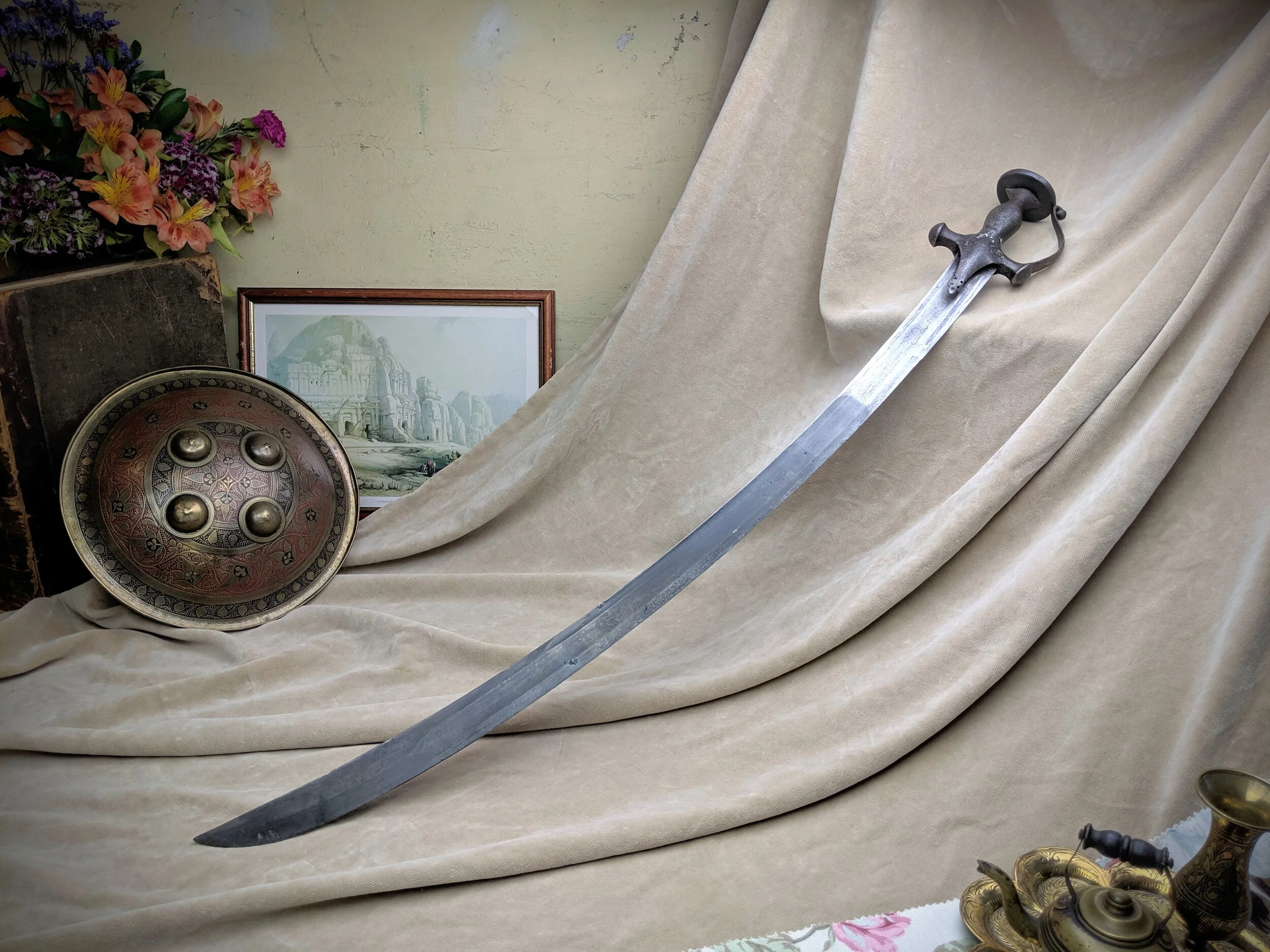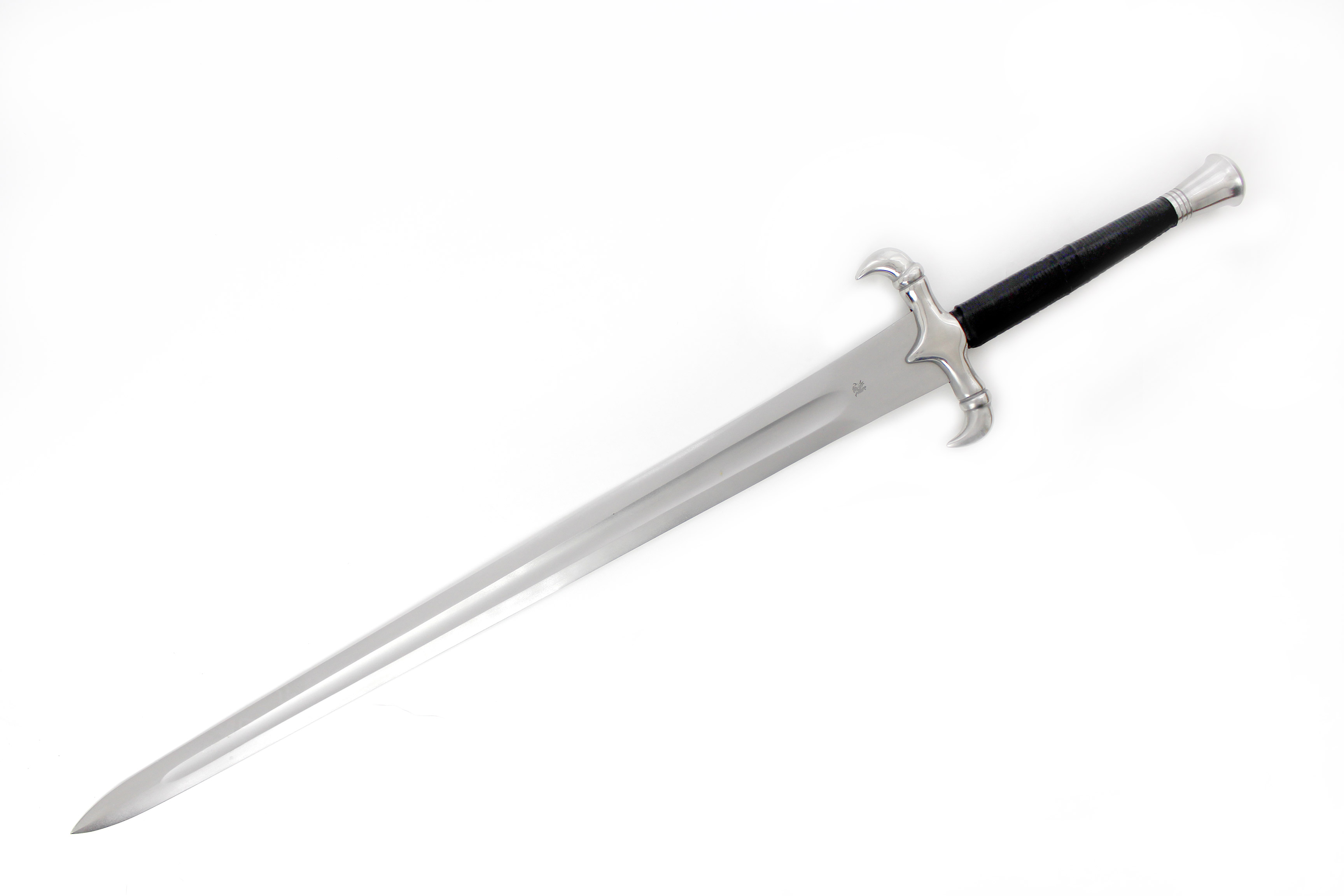Definition and Etymology: Sword Definition

Sword definition – In the realm of weaponry, a “sword” is a bladed weapon designed for close-quarters combat. Its defining characteristics include a straight or curved blade with one or two sharp edges, a handle for gripping, and often a crossguard or pommel for protection and balance.
A sword is a sharp-edged weapon that has been used for centuries in warfare and self-defense. Swords have a long and fascinating history, and they continue to be used today by military and law enforcement personnel. For more information about the history of swords and their use in modern warfare, check out nyt connections.
Swords are typically made of steel or iron, and they can vary in size and shape depending on their intended use. Swords can be single-edged or double-edged, and they can have a variety of different blade shapes.
Etymology, Sword definition
The word “sword” traces its roots to the Old English term “sweord,” which itself originates from the Proto-Germanic “swerþaz.” This etymological lineage suggests a common linguistic origin across Germanic languages, indicating the sword’s prevalence and importance in these cultures.
Cultural Variations
The definition of a sword varies across cultures and time periods. In ancient Greece, for example, the “xiphos” was a short, double-edged blade primarily used for thrusting. In contrast, the Japanese “katana” is a single-edged, curved blade renowned for its sharpness and cutting ability. These cultural variations reflect the diverse combat styles, martial traditions, and societal values associated with swords.
A sword, a weapon with a sharp blade, has been a symbol of power and honor throughout history. Its presence in a casino pit might seem incongruous, but it serves as a reminder of the risks and rewards inherent in any game of chance.
The gleam of the sword’s blade reflects the allure of the jackpot, while its sharp edge warns of the potential for loss. Thus, the sword in the casino pit becomes a metaphor for the duality of gambling, where fortune and ruin dance together in a precarious balance.
Types and Classifications

Swords are diverse in design and purpose, each type reflecting the specific needs and combat styles of different cultures and eras. These variations can be categorized based on design, construction, and intended use.
One of the most fundamental distinctions is between single-edged and double-edged swords. Single-edged swords, such as sabers and katanas, feature a sharp edge on one side of the blade and a blunt or rounded edge on the other. This design allows for powerful cutting blows while providing some protection for the wielder’s hand during thrusting attacks.
Double-edged swords, on the other hand, have sharp edges on both sides of the blade. This design enables them to deliver both cutting and thrusting attacks with equal effectiveness. Examples of double-edged swords include longswords, rapiers, and falchions.
Another important factor in sword classification is the blade’s cross-section. Swords with a triangular cross-section, such as rapiers and sabers, are designed for thrusting attacks. Swords with a lenticular cross-section, such as longswords and katanas, are better suited for cutting and slashing blows.
The length and weight of a sword also play a role in its classification. Longswords, typically measuring between 3 and 4 feet, are versatile weapons that can be used for both cutting and thrusting. Rapiers, with their long, slender blades, are primarily designed for thrusting attacks. Sabers, with their curved blades and light weight, are excellent for slashing and cutting attacks on horseback.
Ultimately, the choice of sword type depends on the intended use and the wielder’s preferences. Each type of sword has its own unique characteristics and advantages, making it suitable for specific combat situations and fighting styles.
Examples of Specific Sword Types
Some of the most well-known and widely used sword types include:
- Longswords: Double-edged, straight swords with lenticular cross-sections, measuring between 3 and 4 feet in length. Used for both cutting and thrusting.
- Rapiers: Double-edged, straight swords with triangular cross-sections and long, slender blades. Primarily designed for thrusting attacks.
- Sabers: Single-edged, curved swords with lenticular cross-sections and light weight. Excellent for slashing and cutting attacks on horseback.
- Katanas: Single-edged, curved swords with lenticular cross-sections. Known for their sharpness and ability to cut through flesh and bone.
Historical Significance and Cultural Impact
Throughout history, swords have held immense significance, transcending their practical use as weapons. They have become potent symbols of power, authority, and social status, deeply intertwined with the cultural fabric of civilizations across the globe.
In ancient Egypt, swords were reserved for the pharaohs and their elite warriors, representing their divine authority and military prowess. In medieval Europe, swords denoted the nobility and knighthood, symbolizing chivalry, honor, and social rank. In Japan, the samurai sword, or katana, held profound cultural and spiritual significance, embodying the warrior’s code of bushido and serving as a revered symbol of national identity.
Swords in Literature, Art, and Mythology
Swords have profoundly influenced literature, art, and mythology, becoming archetypal symbols of heroism, adventure, and power. In Homer’s Iliad, the Greek hero Achilles wields his legendary sword to vanquish his enemies. In Shakespeare’s Hamlet, the titular character grapples with the moral implications of wielding a sword to avenge his father’s murder. In countless works of art, swords adorn the hands of powerful rulers, valiant knights, and mythical heroes, representing their strength, determination, and unwavering resolve.
The sword, a weapon of steel, sharp and deadly, has been wielded by warriors throughout history. Its blade, honed to perfection, could pierce through armor and flesh, leaving a trail of blood in its wake. But even the sharpest sword is useless in the hands of a weakling.
True strength lies not in the weapon, but in the warrior who wields it. And so, we turn our attention to Rihanna, a warrior in her own right, who fights for justice and equality. Rihanna tomorrow will rise again, her sword gleaming in the sunlight, ready to defend the innocent and vanquish the wicked.
The sword, a timeless symbol of power and protection, has been wielded by countless warriors throughout history. From the ancient gladiators of Rome to the samurai of feudal Japan, the sword has played a pivotal role in shaping the course of human events.
Today, the legacy of the sword lives on in various forms, including the nyt mini , a contemporary take on the classic crossword puzzle that challenges solvers with its unique blend of wit and erudition. As we delve deeper into the history and significance of the sword, we cannot help but marvel at its enduring appeal as a symbol of both strength and vulnerability.
In the hands of a skilled warrior, a sword was a deadly weapon, capable of cleaving through flesh and bone with ease. But in the hands of a gambler, it could be transformed into something far more sinister—a slot machine.
With each spin of the reels, the gambler risked losing not only his money but also his soul.